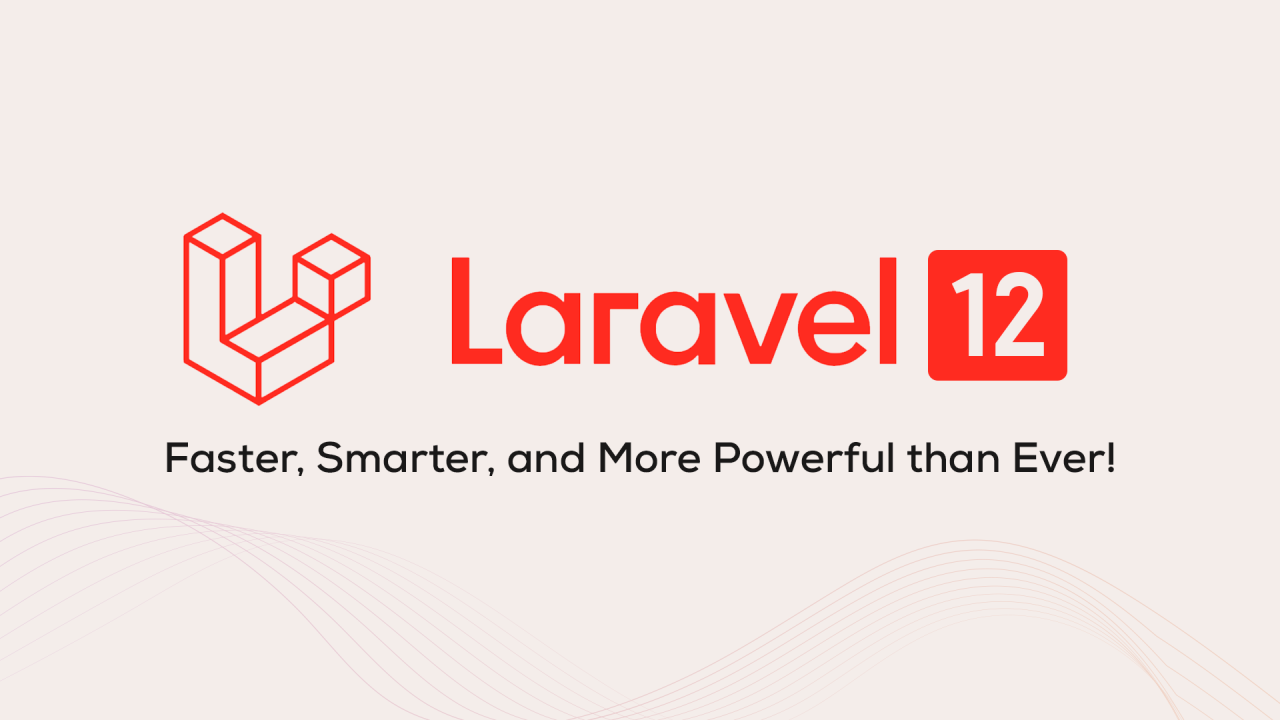Understanding Mass Assignment in Laravel 12
Mass assignment is a powerful feature in Laravel that allows you to fill multiple fields of a database table (or model) all at once. Instead of individually assigning each attribute, you can pass an array of data, often directly from a form request, to create or update a record. This significantly shortens your code and improves development speed.
Example without Mass Assignment:
PHP
$user = new User();
$user->name = $request->name;
$user->email = $request->email;
$user->password = bcrypt($request->password);
$user->save();
Example with Mass Assignment:
PHP
$user = User::create($request->all());
While the mass assignment approach is much more concise, it introduces a potential security risk if not handled correctly. If an attacker manages to inject unexpected data into your request, they could potentially update fields that you didn’t intend to be modified (e.g., an is_admin flag).
The Laravel Gatekeepers: Fillable and Guarded
Laravel provides two mechanisms to protect against unwanted mass assignment: $fillable and $guarded. These act as “gatekeepers” within your Eloquent models, controlling which attributes can be mass-assigned.
1. $fillable Property
The $fillable property defines a whitelist of attributes that are allowed for mass assignment. Any attribute not explicitly listed in $fillable will be ignored if included in a mass assignment operation.
How it works: Inside your model, you’ll declare a protected $fillable array:
PHP
class User extends Model
{
protected $fillable = [
'name',
'email',
'password',
];
}
In this example, only name, email, and password can be mass-assigned. If Request::all() contains an is_admin field, it will be silently ignored.
2. $guarded Property
Conversely, the $guarded property defines a blacklist of attributes that are not allowed for mass assignment. All other attributes not in the $guarded array will be fillable.
How it works: Inside your model, you’ll declare a protected $guarded array:
PHP
class User extends Model
{
protected $guarded = [
'is_admin',
];
}
Here, the is_admin field is blocked from mass assignment, but any other field in the request would be allowed.
When to use which?
$fillable(Whitelist): Generally recommended for better security. You explicitly define what is allowed, making it harder for unexpected fields to slip through.$guarded(Blacklist): Useful when you have many fields and only a few need protection. A common practice is to set$guarded = [];(an empty array) to allow all fields for mass assignment, but this should be used with extreme caution and only if you have other robust validation in place.
The Importance of Proper Setup
It’s critical to remember that the create() and update() methods, when used with an array of data (like Request::all()), rely entirely on $fillable or $guarded being properly set in your model. Without them, Laravel will throw a MassAssignmentException to prevent potential security vulnerabilities.
By mastering mass assignment and its protective measures, you can write cleaner, more efficient, and more secure Laravel applications.
For a detailed explanation and practical examples, watch the full video tutorial:
#Laravel
#Laravel12
#PHP
#WebDevelopment
#Security
#MassAssignment
#Eloquent
#CodingTips
#Developers
#Programming
#BackendDevelopment
#CodeSecurity
#TechEducation
#SoftwareEngineering
#LearningLaravel
#Database
#ORM
#DevOps
#Coding
#Frameworks


